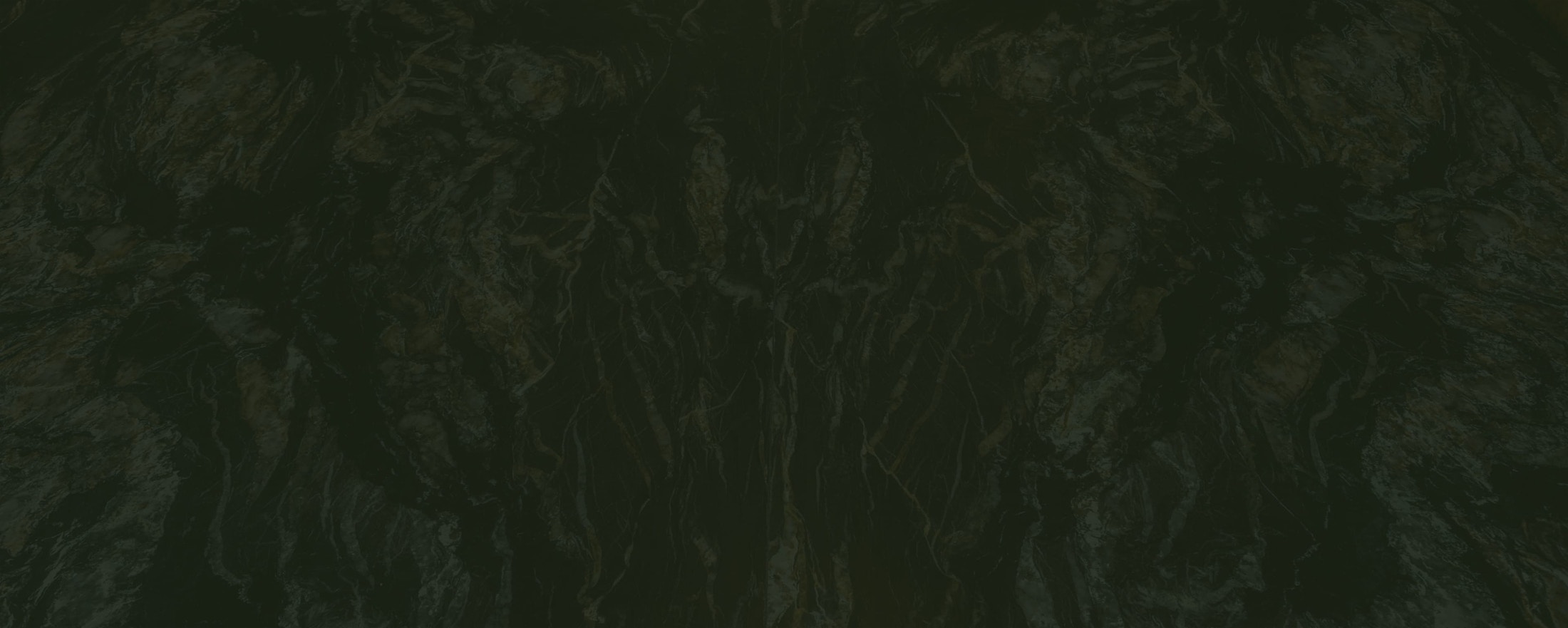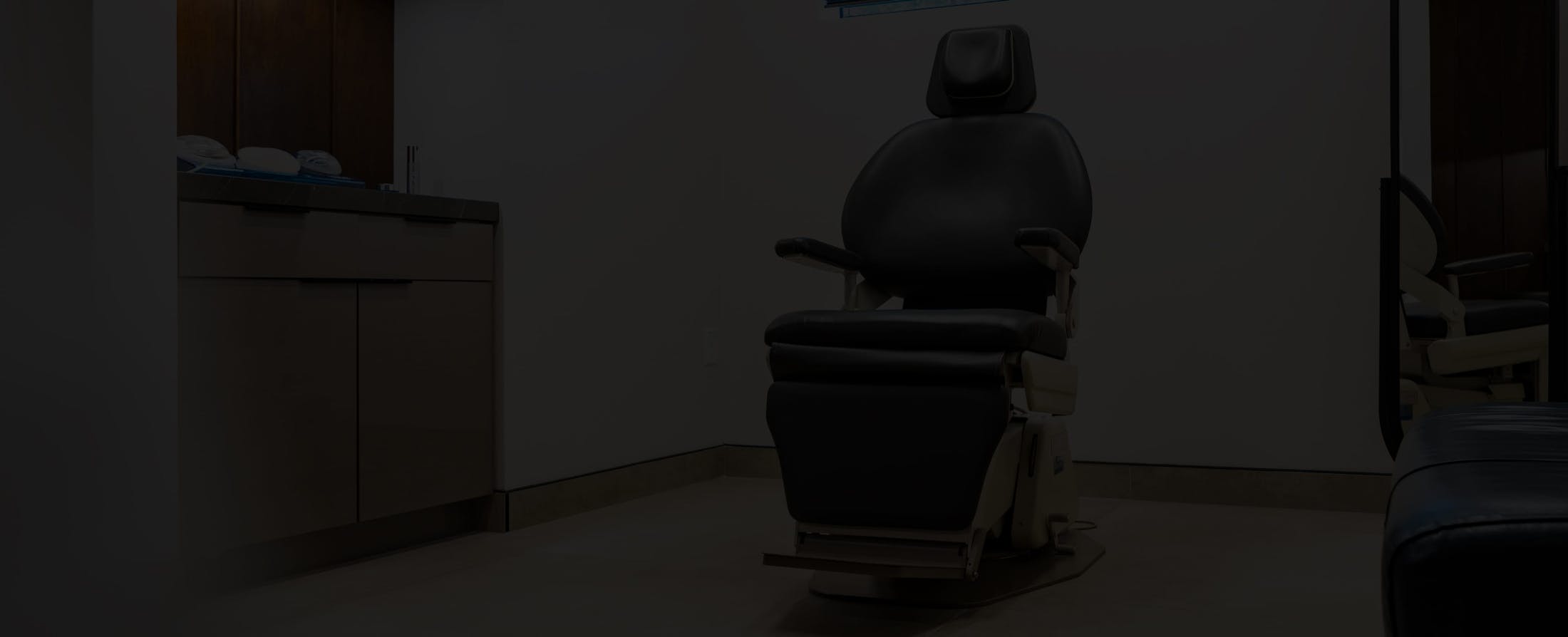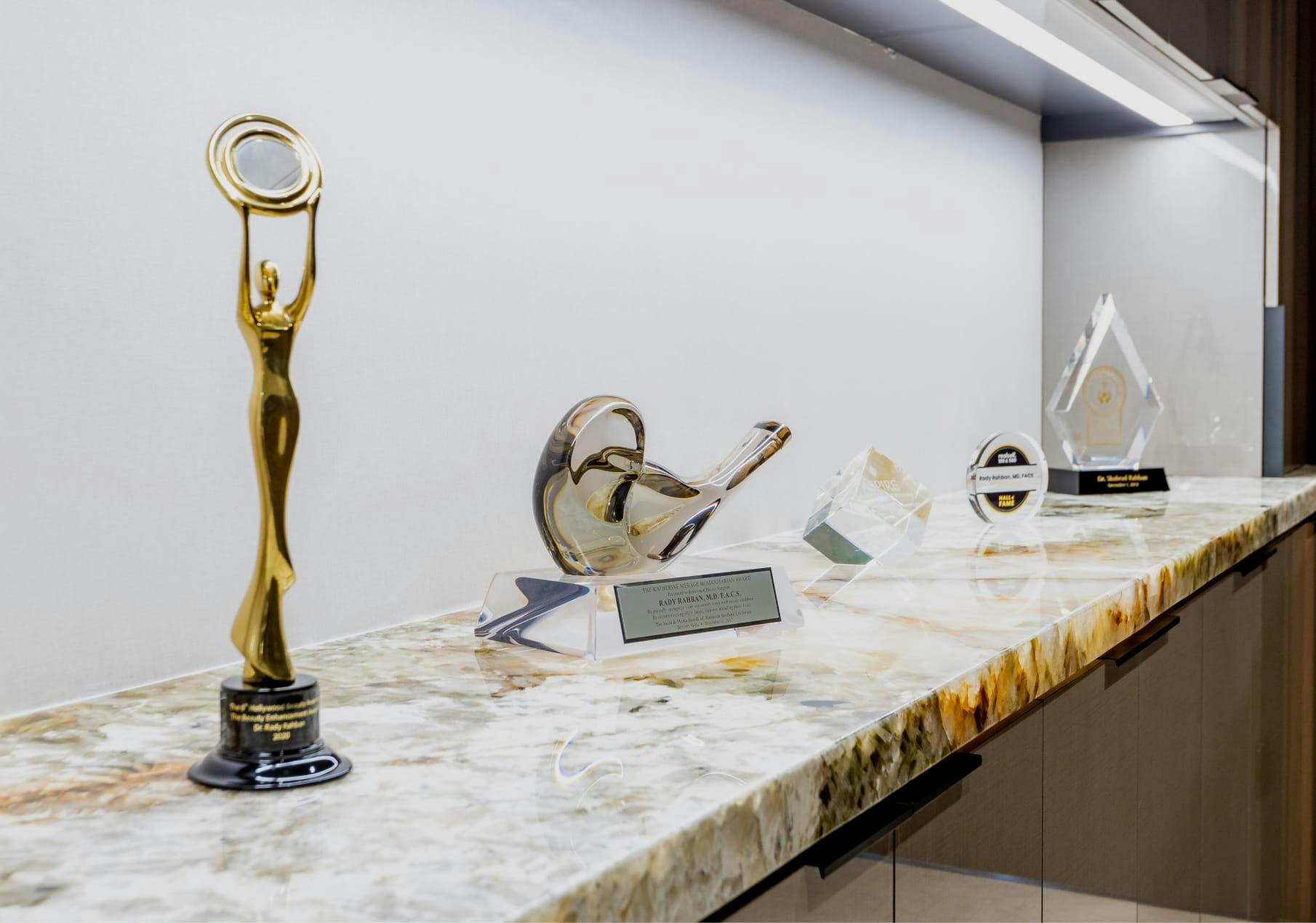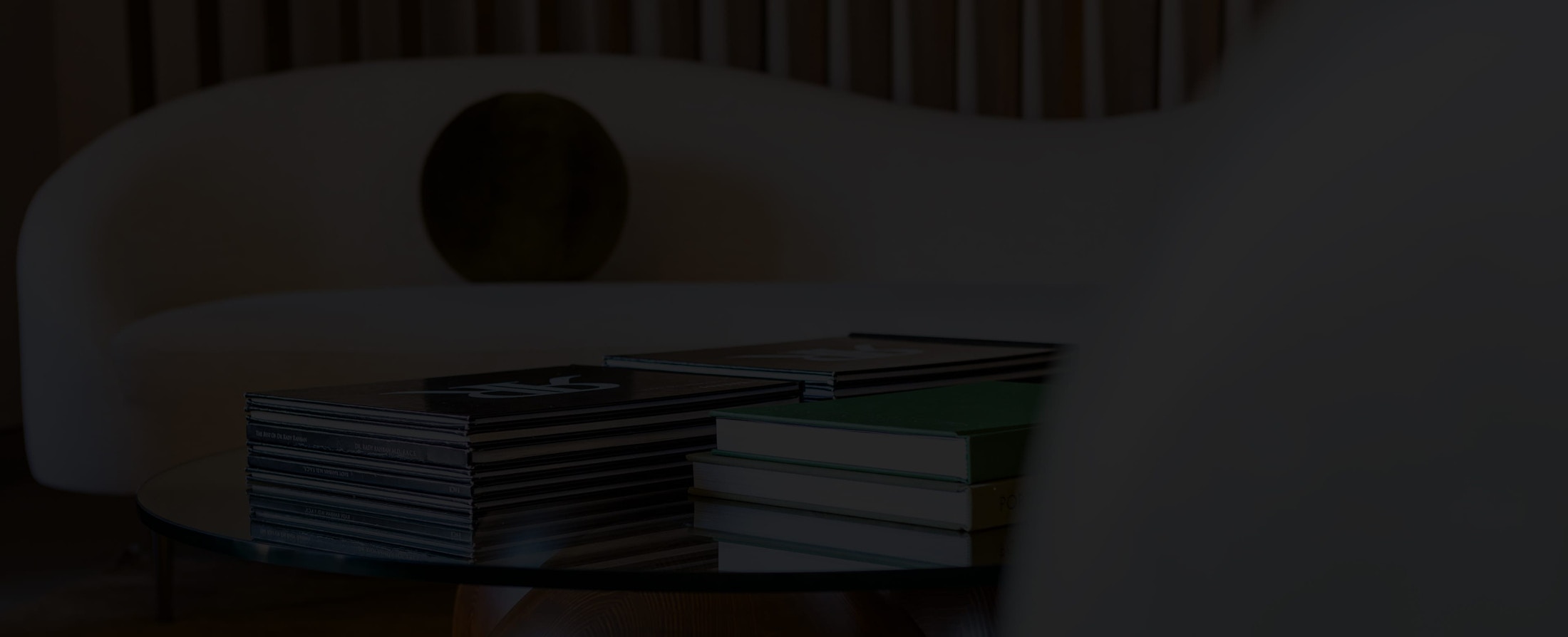Mohs surgery is an advanced technique for treating common skin cancers, including Basal Cell Carcinoma (BCC), Squamous Cell Carcinoma (SCC), and Melanoma.
What is Mohs Surgery?
Mohs surgery is an advanced technique used for the treatment of common skin cancers such as: Basal Cell Carcinoma (BCC), Squamous Cell Carcinoma (SCC), and Melanoma. Mohs surgery microscopically maps out the path of your skin cancer with precision while removing cancerous cells in the tissue one layer at a time. Each layer is then examined under a microscope and the surrounding areas are checked for cancerous cells until all margins come back negative of cancer.
Mohs surgery is usually performed by a dermatologist, under local anesthesia as an outpatient procedure. The goals of this treatment are to remove the cancer, minimize the chance of it returning while preserving as much healthy skin as possible. Depending on the extent of the cancer, Mohs reconstruction surgery aka repairing the wound may be necessary.








